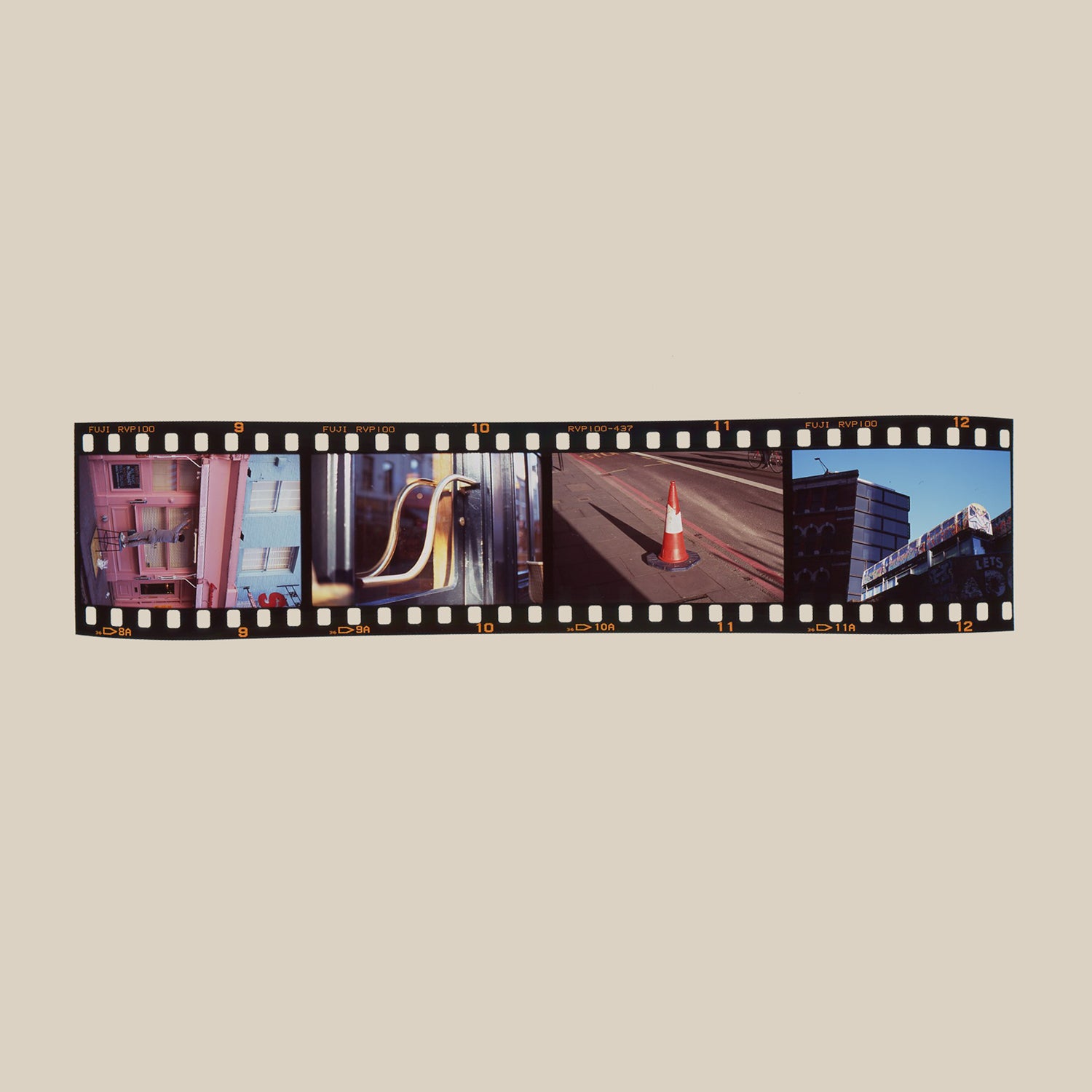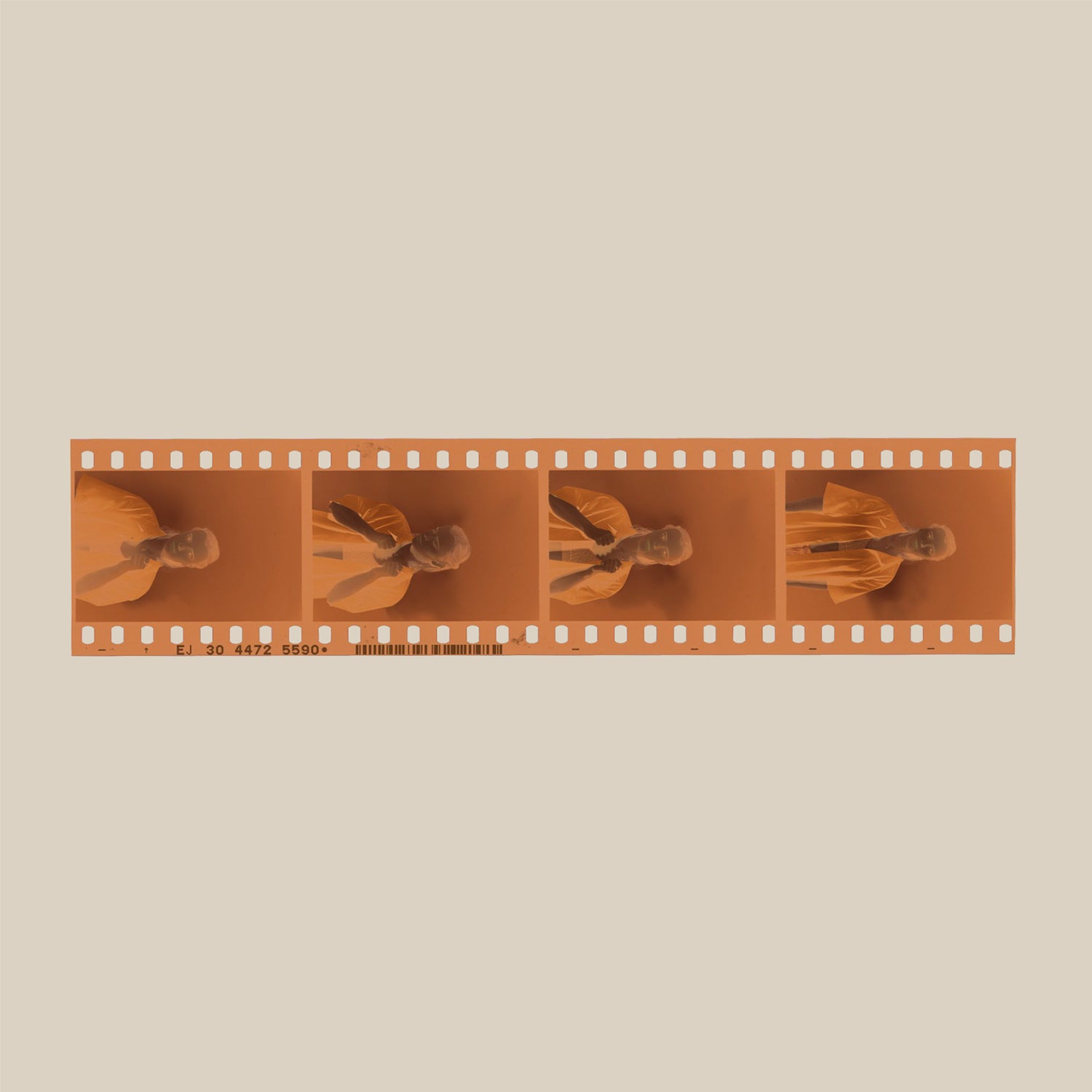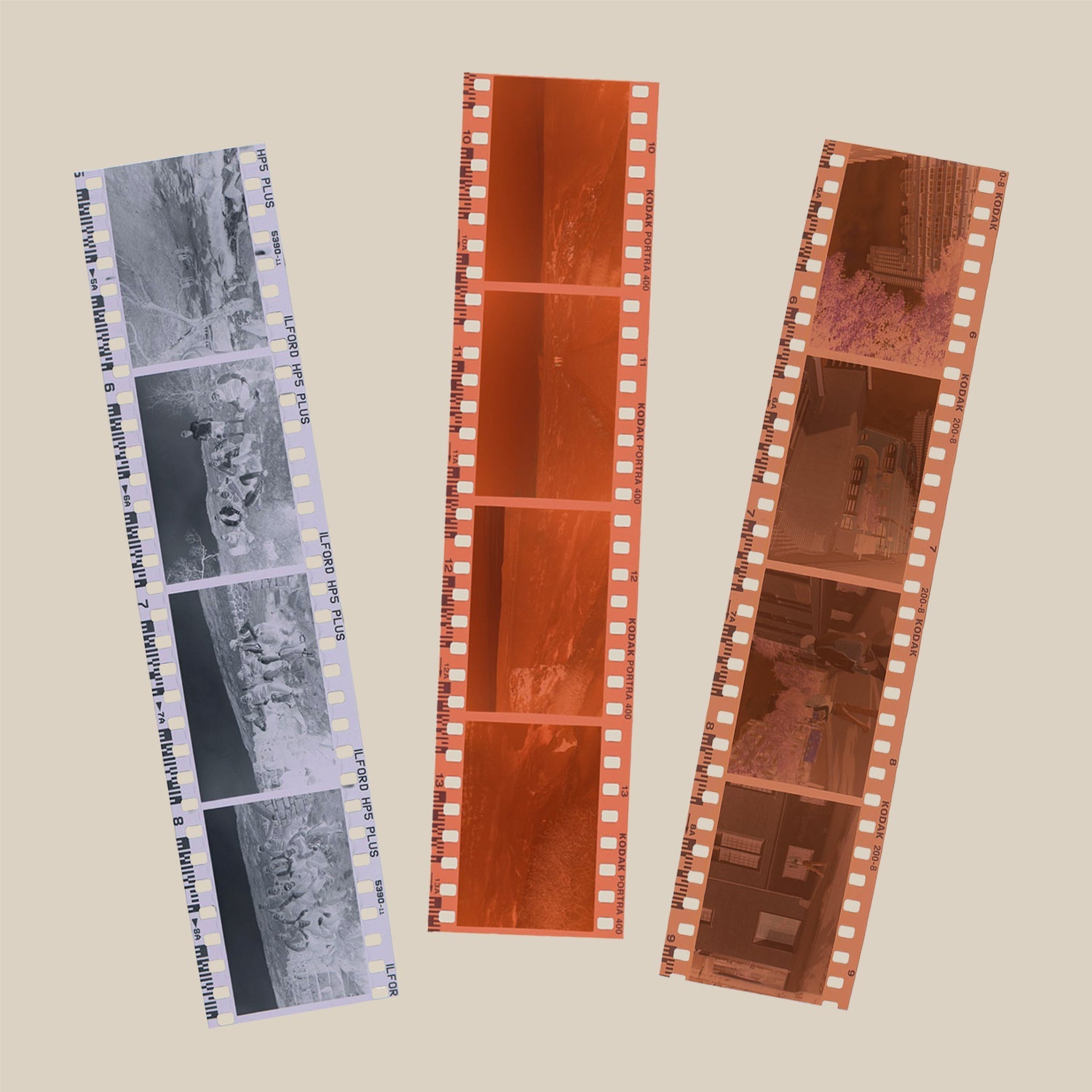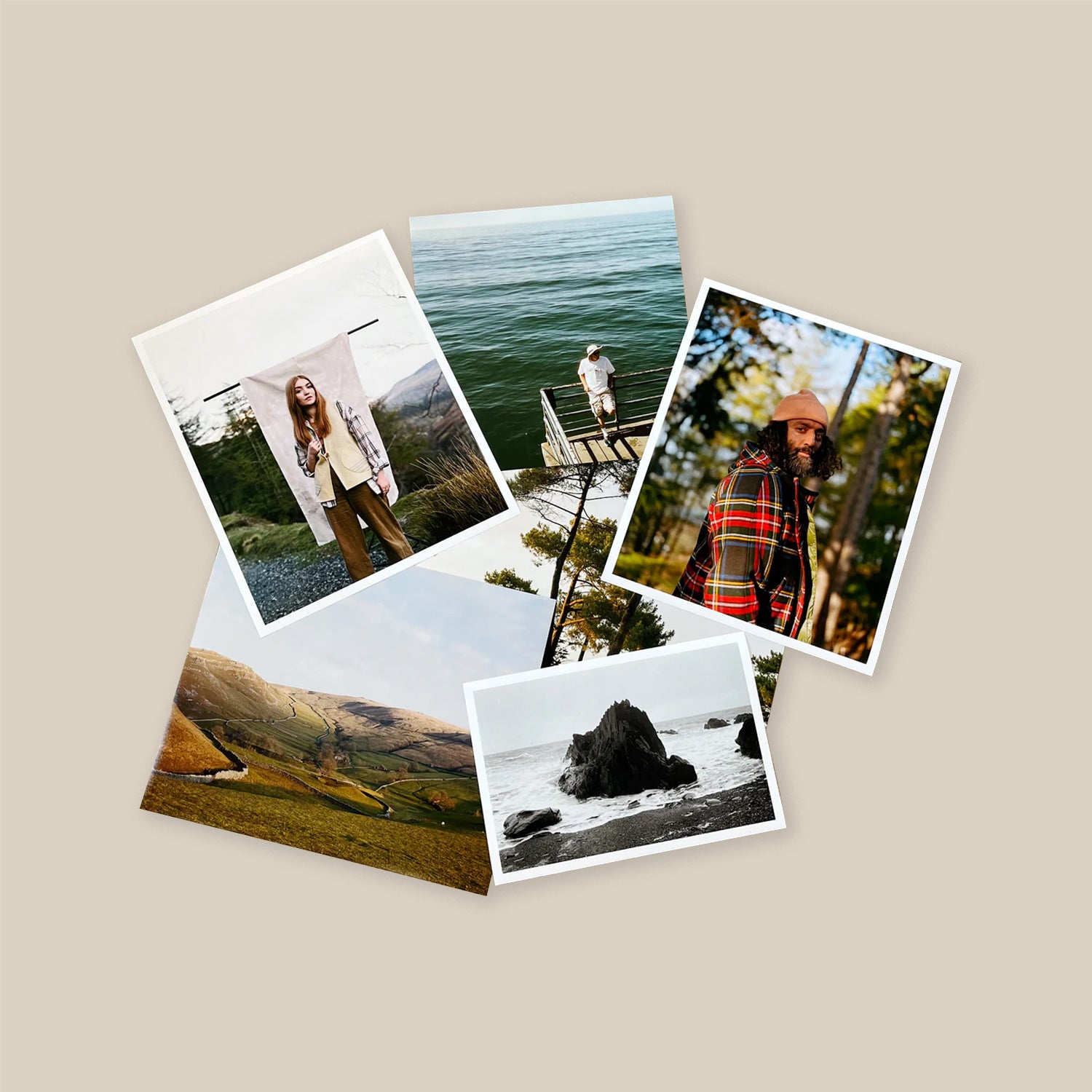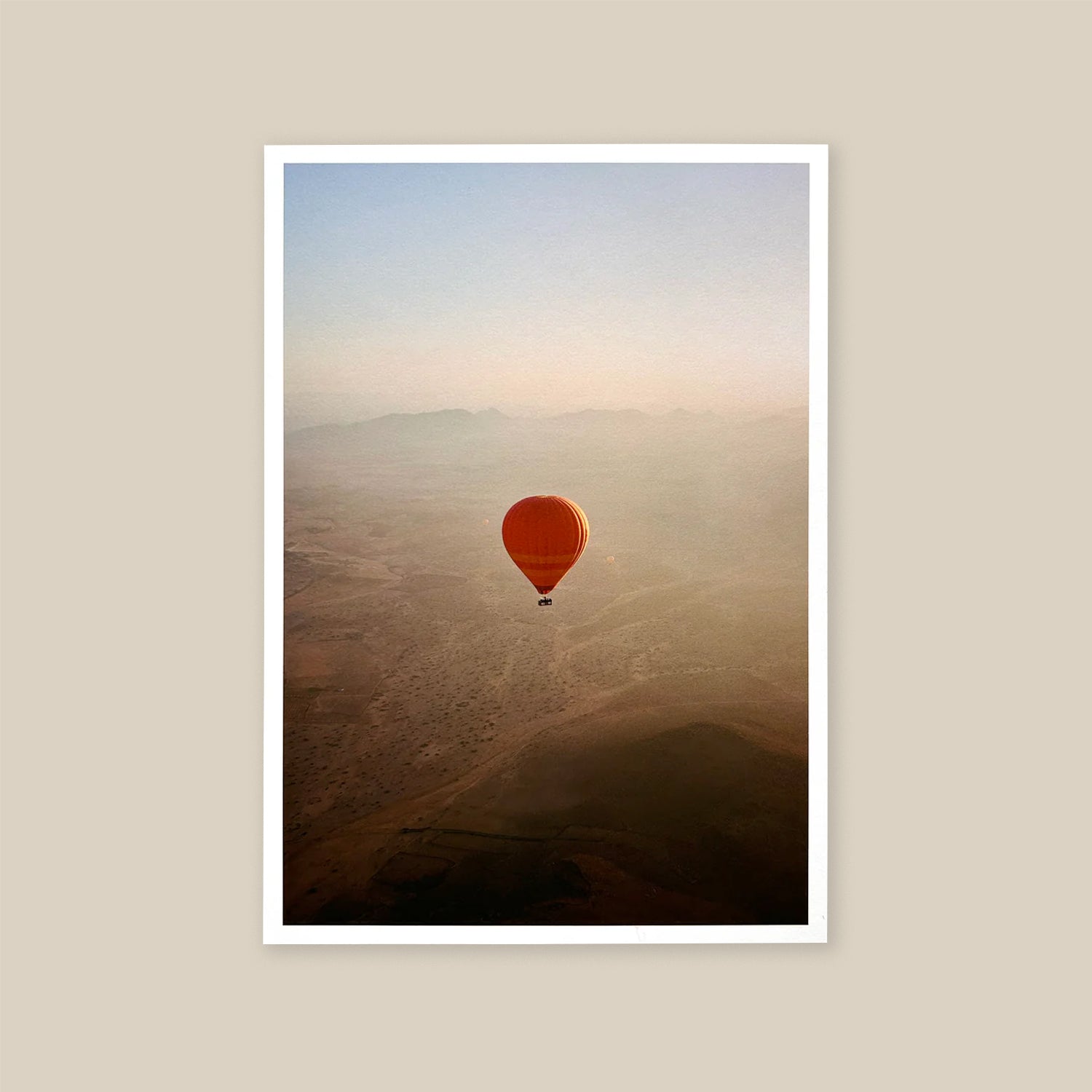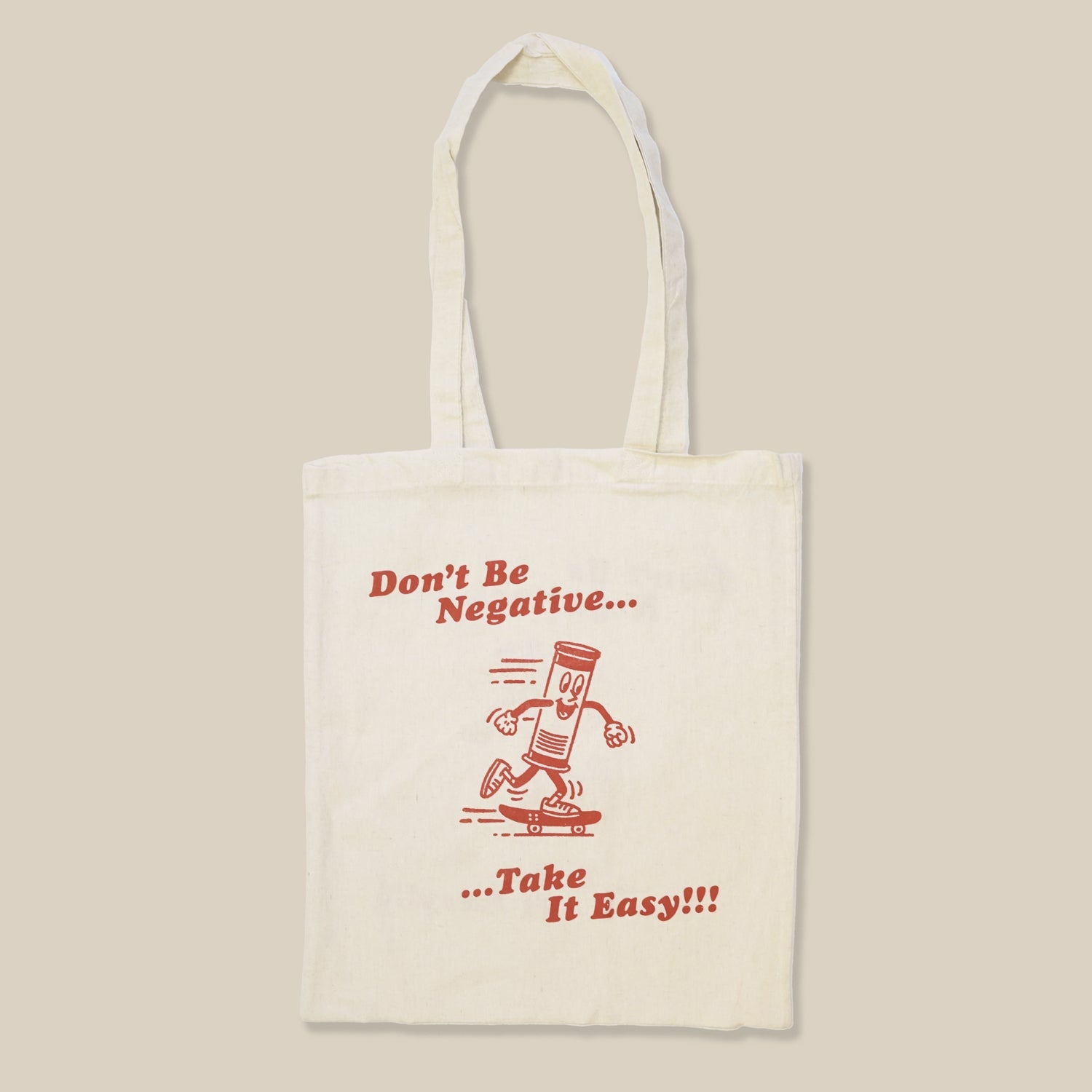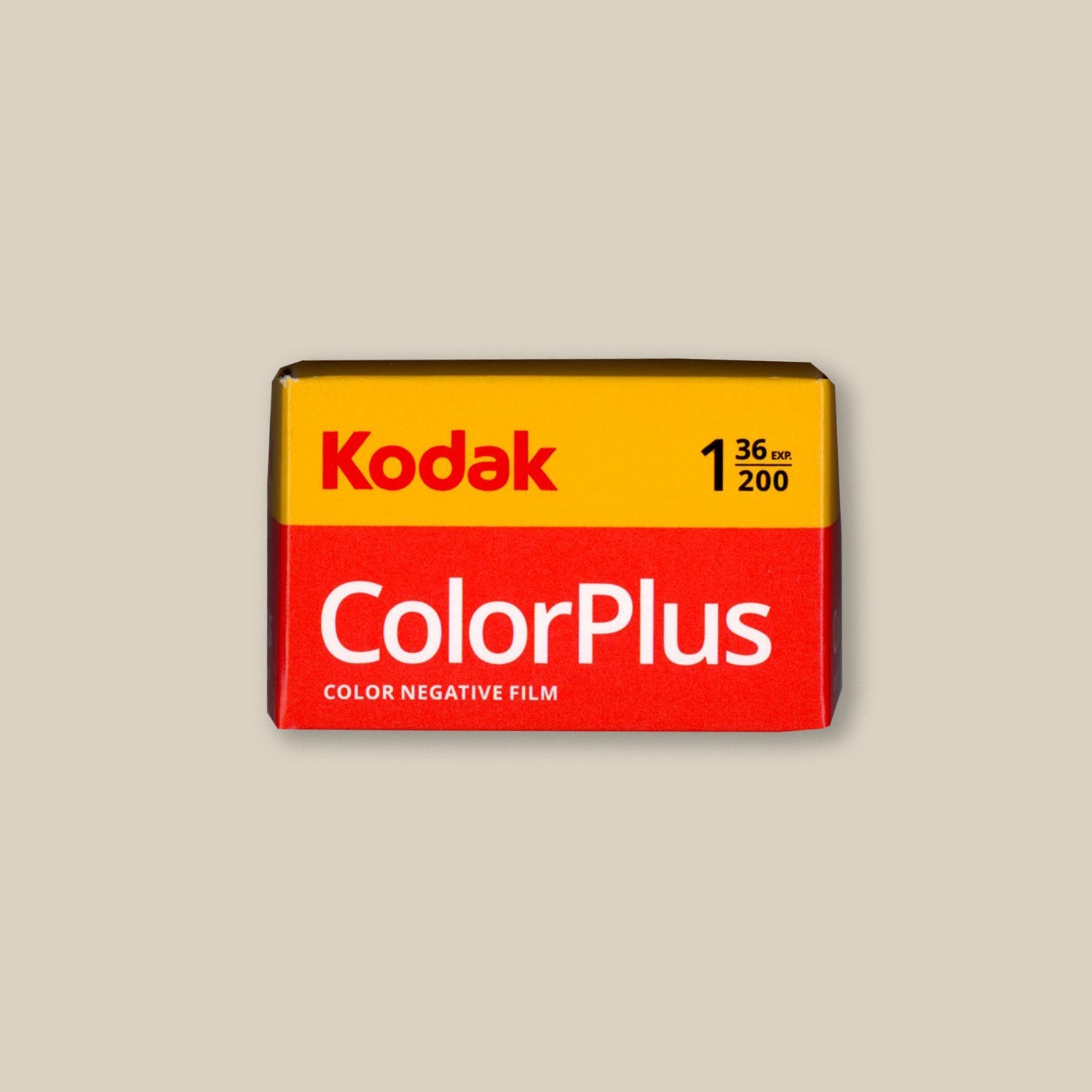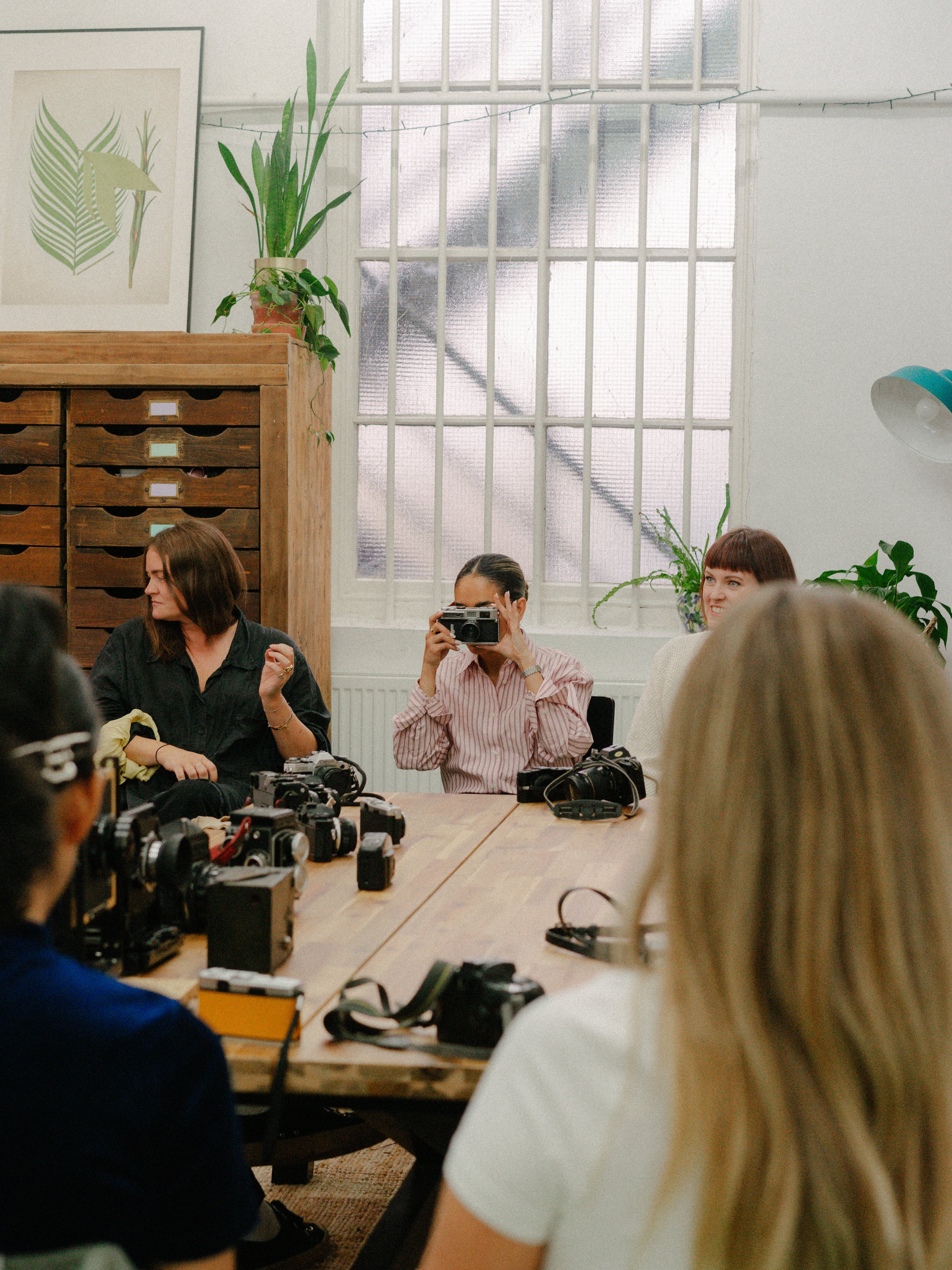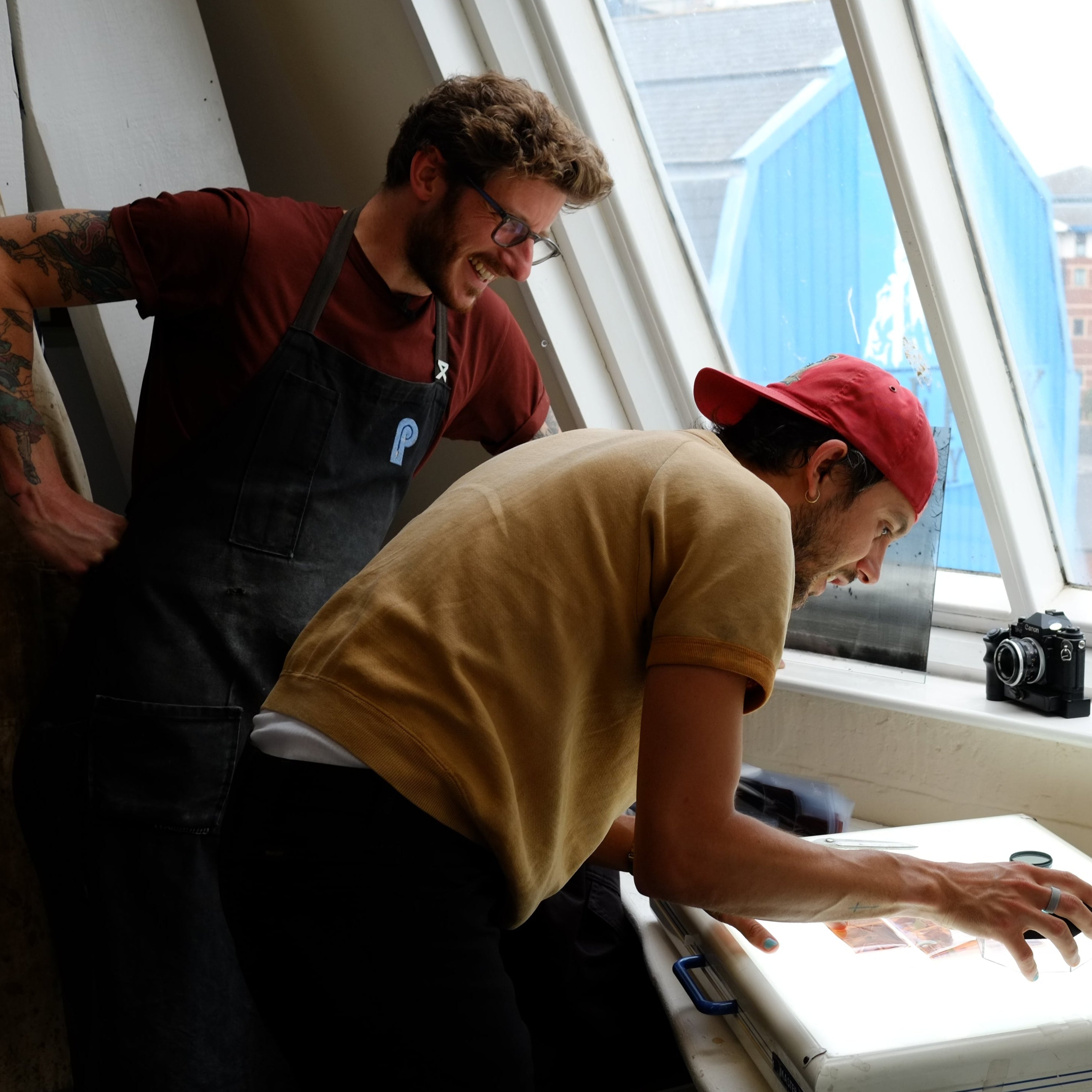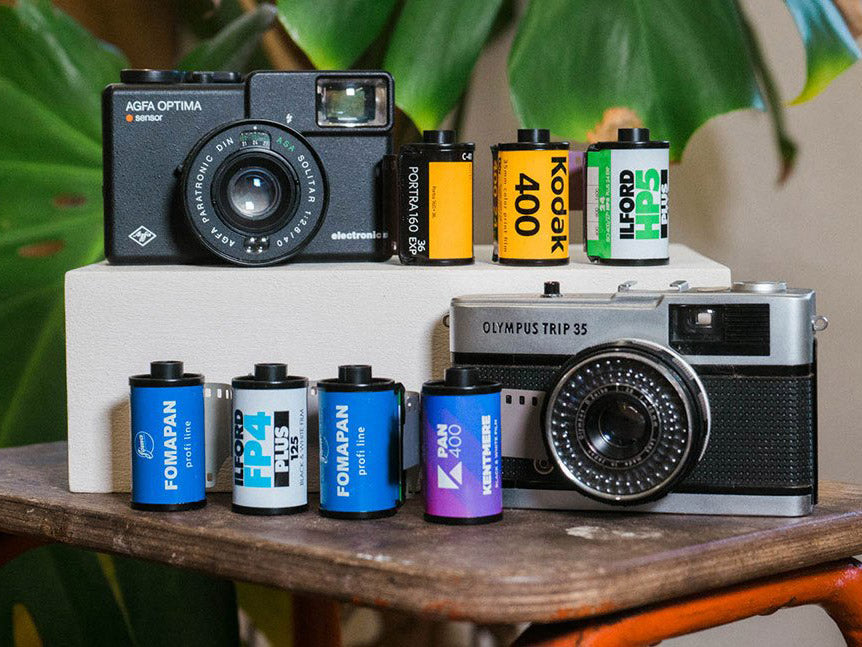

Beginners guide to film developing
Film photography can be a pretty confusing thing when you’ve only been used to taking photos with a phone or a digital camera, we’ve written this simple and handy guide to help make the confusing things you might be embarrassed to ask easy to understand!
What is film?
Film is the light sensitive material that you find inside the little canister or roll that goes into the back of your camera. When it gets exposed to light it reacts recording an image onto it.
Why can’t I just open my camera after that?
Unfortunately, it’s not as easy as taking a photograph and then just pulling the film out to have a look. The film is still sensitive to light at this point so first it needs to be ‘processed’ or ‘developed’ in special chemicals to turn it into something you can actually see and that isn’t sensitive to light any more.
What are Negatives?
The negatives are what we call the film after it has been developed, this has a visible image of all the photographs you have taken but the colours are flipped round (which is why it’s called a negative!).
What is scanning?
Once we have the negatives ready, we scan them to make the individual photographs visible and appear in normal colour. Depending on what you want to do with the photographs we can scan at low, medium or high quality.
What do all the numbers on film mean?
35mm film comes in a few varieties, you get film with 24 or 36 exposures – so it will give you either 24 or 36 pictures from a roll. Film also has an ‘ISO’ rating or ‘film speed’, this is how sensitive the film is to light – the higher the number the more sensitive it is. You might hear people say that film which is ISO 100 is ‘slow’ and film which is ISO 800 is ‘fast’ because they are talking about the film speed.
My film said it was 24/36 exposures, but I didn’t get this number of scans, what happened?
Because film needs a certain amount of light for a photograph to come out sometimes not enough light will get onto to the film for an image to be formed. This means that you will have blank frames on your roll of film. To avoid this, make sure you use flash if you’re taking photographs in dark or gloomy locations or use a film which has a higher film speed.
What about other types of film?
There are lots of types of film but nowadays 2 are most common – 35mm and 120 film. 35mm is what most people will think of when they hear the word film, 120 is basically the same, but bigger. 120 is also known as medium format film and because its bigger it is able to record more detail, but also won’t get as many photos on a roll of film as you can with 35mm. Medium format is popular with portrait or landscape photographers.




